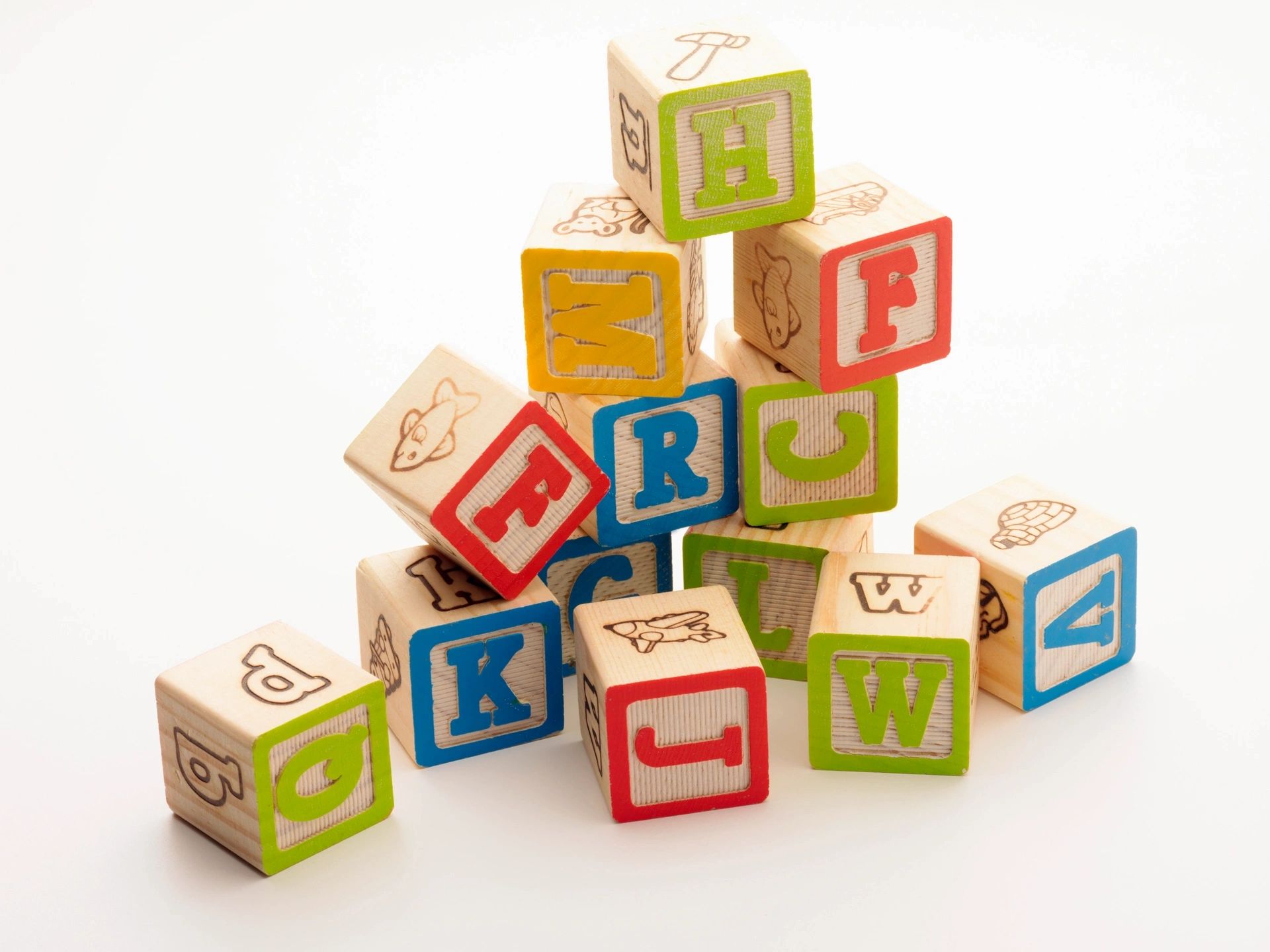In recent years, there has been a growing trend towards eco-friendly and sustainable products. This includes children’s toys, as more and more parents are becoming aware of the impact that traditional plastic toys can have on the environment. In this blog, we will explore the benefits of eco-friendly kid toys and provide some examples of sustainable toy options for parents to consider.
One of the main advantages of eco-friendly kid toys is that they are made from natural and sustainable materials. This means that they are not only better for the environment, but also safer for children to play with. Traditional plastic toys often contain harmful chemicals such as phthalates and BPA, which can be harmful to a child’s health. Eco-friendly toys, on the other hand, are made from materials such as wood, organic cotton, and recycled plastic, which are non-toxic and safe for children.
Another benefit of eco-friendly kid toys is that they are often designed to be durable and long-lasting. Traditional plastic toys are often cheaply made and can easily break or wear out over time. This not only leads to more waste, but also means that parents have to constantly replace toys. Eco-friendly toys, on the other hand, are typically made with high-quality materials and craftsmanship, ensuring that they can withstand years of play.
In addition to being better for the environment and safer for children, eco-friendly kid toys also provide educational and developmental benefits. Many sustainable toy options are designed to encourage creativity, problem-solving, and imaginative play. For example, building blocks made from natural wood can help children develop fine motor skills and spatial awareness. Similarly, puzzles made from recycled materials can help improve cognitive skills and problem-solving abilities.
Now, let’s take a look at some examples of eco-friendly kid toys that parents can consider for their children:
- Wooden building blocks: These blocks are made from sustainably sourced wood and are free from harmful chemicals. They come in various shapes and sizes, allowing children to build and create their own structures.
- Organic plush toys: These soft toys are made from organic cotton and filled with natural materials such as wool or corn fiber. They are free from synthetic dyes and chemicals, making them safe for babies and toddlers.
- Recycled plastic toys: Some companies are now producing toys made from recycled plastic, such as milk jugs. These toys are durable and can be easily recycled at the end of their lifespan.
- Natural art supplies: Instead of using traditional art supplies that contain toxic chemicals, parents can opt for natural alternatives such as plant-based paints, beeswax crayons, and recycled paper.
- DIY toys: Another eco-friendly option is to make toys at home using recycled materials. For example, empty cardboard boxes can be transformed into a playhouse or a car, and old fabric scraps can be used to make stuffed animals.
In conclusion, eco-friendly kid toys offer numerous benefits for both children and the environment. By choosing sustainable toy options, parents can provide their children with safe and non-toxic play experiences while also reducing their carbon footprint. So, let’s embrace the eco-friendly toy trend and create a greener future for our little ones.
References
Khunt, S. (2023, April 29). Green Playtime: The Benefits of Choosing Sustainable Toys for Your Child and the Planet. Erenjoy. https://erenjoy.com/blogs/montessori-toys/green-playtime-the-benefits-of-choosing-sustainable-toys-for-your-child-and-the-planet#:~:text=By%20choosing%20toys%20made%20from
Eco-Friendly Toys: Teaching Kids Sustainability Through Play. (n.d.). Www.thegoodboutique.com. https://www.thegoodboutique.com/inspiration/eco-friendly-toys-teaching-kids-sustainability-through-play



